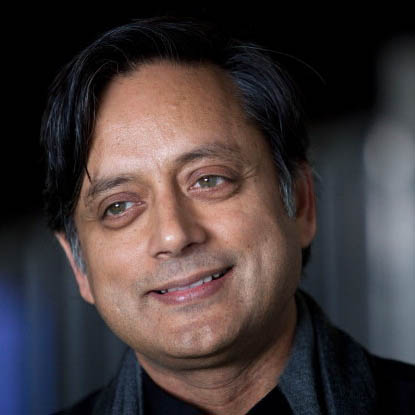
In economic terms, he cites research indicating that the debt owed is on the order of $3 trillion perhaps most starkly, India went from over 20% of global GDP when the East Indian Trade company entered the country, to less than 5% when it left. This split ergative system in non-past tenses can be explained in terms of semantic notions of individual-level and stage-level predications.Shashi Tharoor lays out the destruction that the English carried out in India over centuries of East Indian Trade company rule and then the British Raj - the lives lost due to famine, the economic plundering, and the social divisions cultivated. Unlike its sister languages, in some contexts, the subjects of transitive clauses in non-past tenses get ergative marking whereas, in some other contexts, they are marked with nominative case. In several contexts, the Nepali ergative is typologically unexpected, for example, arguments of participialized clauses or nominalizations. However, Nepali defies these prevalent trends of ergative marking of New Indo-Aryan languages. perfective transitive clauses gets ergative marking and the verb agrees with the object. In these languages such as Hindi-Urdu, the (agentive) subject in the. In the Western and Central New Indo-Aryan languages (e.g., Hindi-Urdu, Panjabi, etc.), aspectual split determines the ergative system (Butt 2006). The semantics of the ergative in Nepali, a modern Indo-Aryan language spoken in Nepal, Bhutan and in some states of India, differs from other New Indo-Aryan languages of the region. Our paper offers a voice of resistance, in much the same style as Bahana’s images. In these ways, our paper links pop art to popular culture and, in doing so, raises questions about how the canon and hierarchy of art have come to reflect and reinforce wider sociocultural norms. While our work concentrates upon Indian imagery, myth and archetype, those considerations have pan-cultural connections. Specifically, our insights reveal the ways in which many contemporary Indian people might ‘see themselves’.


In doing so, we reveal Bahana’s images to be a visual shorthand signifying Indian history and the ways in which American media influence impacts notions of identity. Our research aim was to find the meaning behind the two portraits’ visual aesthetics. Within our exploration, we use constructs of denotation, connotation, myth and archetype to illuminate those images. Inspired by Barthes’s analysis of a Paris Match cover image, our paper semiotically explores two oil-on-canvas images by New Zealand-born Indian artist Bephen Bahana.


 0 kommentar(er)
0 kommentar(er)
